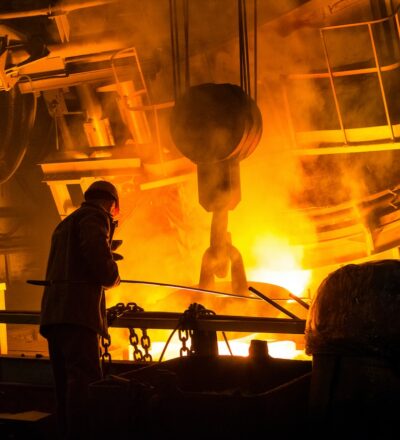Compression resorption heat pumps (CRHP) are a promising option to upgrade waste heat from industry. One way to optimize a CRHP is by minimizing the entropy production rate of the heat pump; that is to minimize the lost work of the system.
In this paper a CRHP operating with an ammonia-water mixture is analysed based on an application case from the chemical industry. First, a global approach is used to analyse the entropy production rate of each of the components in the heat pump cycle. Based on the result from the global approach the component with the maximum energy dissipation in the heat pump is identified, in this case the resorber. The resorber is therefore further analysed with a detailed thermodynamic state model and entropy production is calculated using the theory of non-equilibrium thermodynamics. Measures to reduce the non-uniformity of the entropy production are then proposed based on the theory of equipartition.
One way to decrease the emissions and the effects of global warming is to increase the energy efficiency of processes. For many industrial processes the energy efficiency can be greatly improved by upgrading waste streams with heat pumps. For certain applications, where there is a temperature glide of the heat source and/or the heat sink, compression- resorption heat pumps (CRHP) utilizing wet compression are especially an attractive option (van de Bor et al. 2015). This paper focuses on the optimization of the performance of such a heat pump. The energetic performance is defined by the thermodynamic coefficient of performance (COP).
Download your free copy
Our publications are free to access. Simply provide your first name and email address to download.
